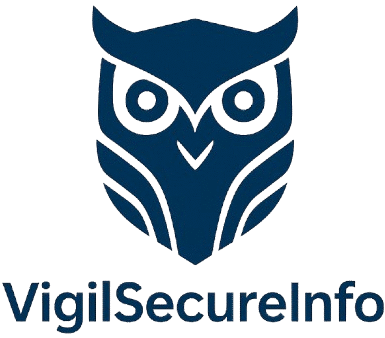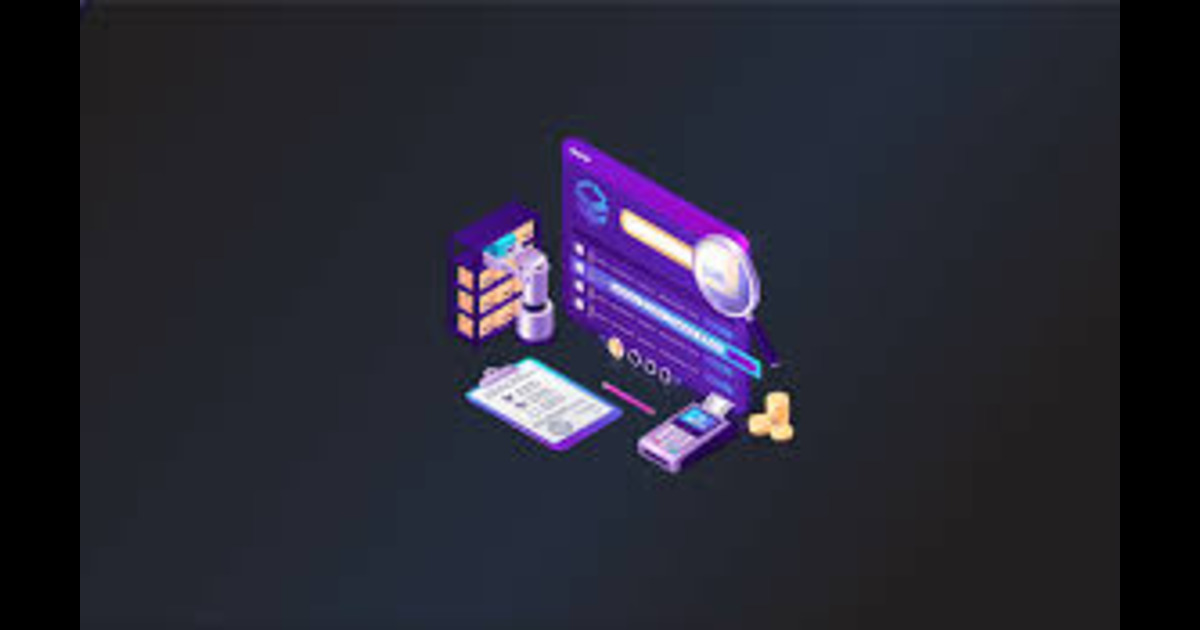🌐 Understanding Web App Technologies: A Beginner’s Guide
🎯 Whether you’re transitioning into tech, learning to code, or aiming to understand how platforms like Gmail, Trello, or Instagram work—this is your foundational blueprint to the ecosystem of modern web applications. 📚 Table of Contents 1. What Is a Web Application? A web application is an interactive software program that runs in a web…
🎯 Whether you’re transitioning into tech, learning to code, or aiming to understand how platforms like Gmail, Trello, or Instagram work—this is your foundational blueprint to the ecosystem of modern web applications.
📚 Table of Contents
- What Is a Web Application?
- Frontend vs. Backend: The Two Faces of the Web
- Frontend Fundamentals: Languages, Frameworks & Tools
- Backend Essentials: Languages, Logic & Data
- The Client-Server Model: Heartbeat of the Web
- HTTP, REST & APIs: The Web’s Communication Protocols
- Databases: Structuring and Accessing Data
- Authentication & Security: Keeping Users and Data Safe
- Hosting, Deployment & DevOps: Going Live
- Essential Web Dev Toolchains
- Learning Path, Resources & Tips for Beginners
1. What Is a Web Application?
A web application is an interactive software program that runs in a web browser and is accessible via the internet or an intranet.
🧠 Think of it like:
- Website = digital brochure
- Web App = digital tool
| Example | Functionality |
|---|---|
| 📄 Blog | Displays content |
| 📧 Gmail | Sends/receives dynamic messages |
| 📊 Google Sheets | Handles real-time calculations, user collaboration |
✅ Web apps are powered by a tech stack—a combination of technologies working together to deliver this seamless experience.
2. Frontend vs Backend: The Two Faces of the Web
| Layer | Description | Technologies | Responsibility |
|---|---|---|---|
| Frontend (Client-Side) | What users see and interact with | HTML, CSS, JS, React, Vue | UI/UX, responsiveness, user actions |
| Backend (Server-Side) | Logic, computation, and data | Node.js, Python, Java, SQL, APIs | Authentication, data storage, business logic |
👉 Think of the frontend as the waiter and the backend as the kitchen. The frontend takes your order (user interaction), and the backend cooks the meal (data processing).
3. Frontend Fundamentals: Languages, Frameworks & Tools
🌟 HTML (HyperText Markup Language)
- Structure: headings, paragraphs, tables, forms
- Semantic tags:
<article>,<section>,<nav>
🎨 CSS (Cascading Style Sheets)
- Styles: colors, fonts, layout
- Techniques: Flexbox, Grid, media queries
- Tools: SASS, Tailwind, Bootstrap
⚙️ JavaScript
- Interactivity: toggles, form validation, DOM manipulation
- ES6+ features: arrow functions, classes, promises
- Tooling: Babel, Webpack, Vite
🚀 Frontend Frameworks/Libraries
| Framework | Purpose | Used by |
|---|---|---|
| React | Component-based UI | Meta, Netflix |
| Vue | Lightweight, fast | Alibaba, Xiaomi |
| Angular | Enterprise-scale apps | Google, Microsoft |
🧩 Frameworks help with state management, routing, and component reuse.
4. Backend Essentials: Languages, Logic & Data
🧠 Languages & Runtimes
- JavaScript (Node.js): One language across full-stack
- Python: Django, Flask; ideal for rapid development
- Ruby: Elegant syntax, Rails framework
- PHP: Powers WordPress, Laravel
- Java/Kotlin: Scalable, enterprise-level
🧱 Frameworks
| Language | Framework | Notes |
|---|---|---|
| Node.js | Express.js | Minimalist, fast |
| Python | Django | Batteries included |
| Ruby | Rails | Convention over configuration |
| PHP | Laravel | Elegant and expressive |
🧬 Backend Concepts
- Routing (URL handling)
- Middleware (logging, auth)
- Business Logic (validations, calculations)
- File handling (uploads/downloads)
5. The Client-Server Model: Heartbeat of the Web
🌍 Simplified Flow
- User enters URL in browser (client).
- Request sent to server via HTTP.
- Server processes logic (e.g., fetches data from DB).
- Response sent back (HTML/JSON).
- Browser renders the result.
💡 This back-and-forth makes every web app feel real-time and interactive.
6. HTTP, REST & APIs: The Web’s Communication Protocols
📡 HTTP Methods
| Method | Action |
|---|---|
| GET | Retrieve data |
| POST | Submit new data |
| PUT | Update existing data |
| DELETE | Remove data |
🧬 RESTful APIs
- Stateless communication
- URL endpoints map to resources (
/api/products) - Response formats: JSON or XML
🔌 Real-World Examples
- Frontend fetches data from a weather API
- Mobile app sends login credentials to your backend server
🔒 Always secure APIs with tokens (JWT), API keys, rate-limiting.
7. Databases: Structuring and Accessing Data
📊 Types of Databases
| Type | Structure | Examples | Use Cases |
|---|---|---|---|
| SQL (Relational) | Tables, strict schema | MySQL, PostgreSQL | E-commerce, banking |
| NoSQL (Non-relational) | JSON-like, flexible | MongoDB, Firebase | Social media, chat apps |
🧠 Key Concepts
- CRUD operations: Create, Read, Update, Delete
- ORMs: Sequelize (JS), Prisma (TS), SQLAlchemy (Python)
- Indexing, Joins, Relationships
8. Authentication & Security: Keeping Users and Data Safe
🔐 Authentication
- Sessions & Cookies: Stored on client
- JWT (JSON Web Tokens): Encrypted tokens in headers
- OAuth2: 3rd-party login (Google, GitHub)
🛡️ Key Security Practices
- Use HTTPS everywhere
- Sanitize inputs to prevent XSS, SQL Injection
- Store passwords with bcrypt or Argon2
- Use environment variables (.env) for secrets
9. Hosting, Deployment & DevOps: Going Live
🚀 Frontend Hosting
| Platform | Best for |
|---|---|
| Netlify | Static & JAMstack sites |
| Vercel | Next.js apps |
| GitHub Pages | Simple HTML/CSS/JS sites |
☁️ Fullstack/Backend Deployment
| Platform | Features |
|---|---|
| Render | Easy auto-deploy |
| Railway | Docker support, DB hosting |
| Fly.io | Global edge hosting |
| Heroku | PaaS with simplicity (though limited free tier) |
🔄 CI/CD: Automate testing + deployment with GitHub Actions, CircleCI
10. Essential Web Dev Toolchains
🧰 Editors & IDEs
- VS Code (with extensions: Prettier, ESLint, Live Server)
- WebStorm, Vim, Sublime Text
🛠️ Developer Tools
- Browser DevTools: inspect, debug, simulate
- Postman/Insomnia: test APIs
- Git & GitHub: version control
📦 Package Managers
npm,yarn,pnpm: Manage dependencies
🔧 Build Tools
- Webpack: Bundling
- Babel: JS transpiling
- Vite: Fast dev server & HMR
11. Learning Path, Resources & Tips for Beginners
📈 Progressive Roadmap
- ✅ HTML & CSS basics
- ✅ JavaScript & DOM manipulation
- ✅ Git & version control
- ✅ React or Vue.js + UI design
- ✅ Backend with Node.js or Python
- ✅ RESTful APIs + Database integration
- ✅ Deploy to Netlify/Vercel + GitHub
🧭 Tips for Beginners
- Focus on building projects, not just watching tutorials.
- Use freeCodeCamp, The Odin Project, Frontend Mentor
- Learn in public: write blog posts, share GitHub repos
See also
- 📚 Best Web Development Roadmaps 2025 — guided paths from zero to hero
- 🔒 Securing Web Apps — practical security concepts
- ⚙️ REST API Best Practices
You may also enjoy
- 🎮 Practice With Web Dev Projects — hone your skills with real apps
- 📐 Frontend System Design Patterns — scalable frontend architecture
- 🧪 Full Stack Developer Tools — from editor to deployment


